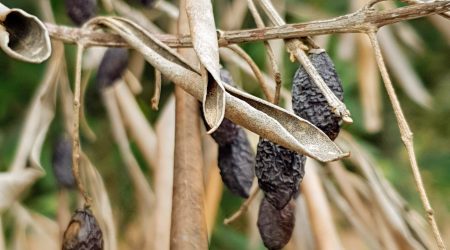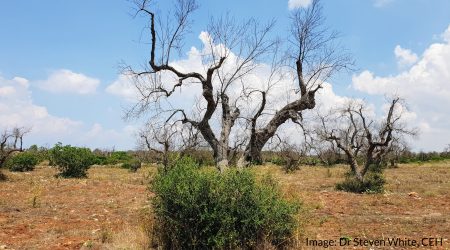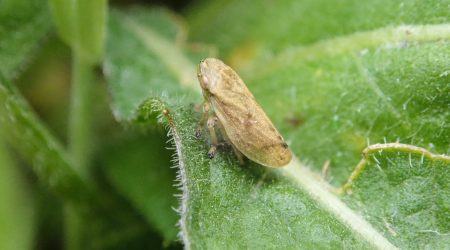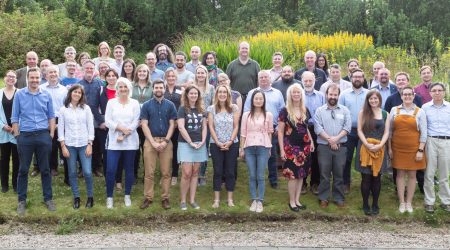
BRIGIT research areas
Improving our understanding of how symptoms develop and improve how we test for the bacterium, to understand and prevent introduction of pathogens to the UK
Read about brigit research areasA consortium of 12 organisations across entomology, plant pathology, ecology, epidemiology, genomics, molecular biology and social sciences
The BRIGIT project builds the UK’s capability to prevent establishment of vector-borne plant pathogens and to increase our preparedness to respond should they be introduced.
Funded by UK Research and Innovation through the Strategic Priorities Fund, by a grant from BBSRC, with support from the Department for Environment, Food and Rural Affairs and the Scottish Government.

Improving our understanding of how symptoms develop and improve how we test for the bacterium, to understand and prevent introduction of pathogens to the UK
Read about brigit research areas
Xylella fastidiosa is a bacterial disease limited to the xylem vessels of infected plants, described by the European Commission as “one of the most dangerous plant bacteria worldwide"
Read about what is xylella fastidiosa?
We need your help to contribute to a country-wide citizen science collaboration, to help us reduce the risk of Xylella being introduced to the UK
Read about help us fight the threat of xylella
Xylella lives in the xylem of plants and is transmitted by insects that feed from the xylem can acquire Xylella and transmit the bacterium to other plants to host plants
Read about uk insect vectors of xylella
These resources will generate knowledge on insect vector distribution and dispersal patterns, to model Xylella dispersal if the bacterium were introduced into the UK
Read about brigit databases and resources
BRIGIT is a consortium of 12 organisations across entomology, plant pathology, ecology, epidemiology, genomics, molecular biology and social sciences
Read about brigit project partners